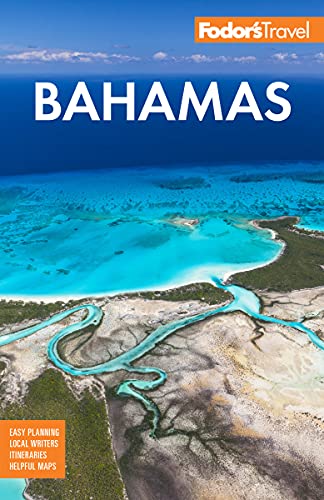Lucayan National Park
In this extraordinary 40-acre land preserve, trails and elevated walkways wind through a natural forest of wild tamarind and gumbo-limbo trees, past an observation platform, over a mangrove swamp, along a postcard-worthy beach, and in and around one of the world's largest explored underwater cave systems (more than 6 miles long).
Twenty-five miles east of Lucaya, the park contains examples of the island's five ecosystems: beach, hardwood forest, mangroves, rocky coppice, and pine forest. From the designated parking lot, you can enter the caves at two access points; one is closed in June and July for the bat-nursing season. Across the highway from the caves, two trails form a loop. Creek Trail's boardwalk showcases impressive interpretive signage, and crosses a mangrove-clotted tidal creek to Gold Rock Beach, claimed by Grand Bahama's Ministry of Tourism to be the island's "welcome mat." A narrow strand of white sand at high tide, and an expansive white-sand playground at low tide, this lightly visited beach is edged by some of the island's highest dunes and a picturesque jewel-tone sea.
Visitors will find subtle treasures no matter what time of year they explore. Summer can be overbearingly hot for walking. However, that's also when certain orchids and other plants flower. Migrating birds and cooler temperatures make October–April optimal, especially mornings and low tide, when birds are most plentiful.
Best Ways to Explore
By Kayak. A kayak launch, near a beach where parts of the Pirates of the Caribbean movies were filmed, lies just east of the park's parking lot on the south side. From here paddlers can work their way through mangrove forest to the beach and Gold Rock Creek.
Underwater. Snorkeling around Gold Rock Beach and its eponymous offshore Gold Rock is good. Certified cave divers can explore the intricate underwater network with Underwater Explorers Society (UNEXSO).
On Foot. Trails come in two parts. On the north side of the highway at the parking lot, one trail takes you into Ben's Cave and the Burial Mound Cave, where ancient Lucayan remains and artifacts have been discovered. A tricky spiral staircase descends into the dark depths of the former, and an easier wooden staircase to the latter. At both, observation platforms accommodate visitors who want to peer into the caves' clear depths. Across the highway, two flat, easy trails form a loop to the beach. Creek Trail (0.2 mile) is the easiest because its boardwalk is newer and more elevated. Birds are more abundant here in the tidal creek with its low forest of mangroves at your feet. Mangrove Swamp Trail (0.3 mile) tends to be wet at high tide, and its boardwalk more difficult to negotiate (especially for small feet). Take one to the beach and the other to return to see the full range of environment here.
Peterson Cay National Park
Only accessible by boat or a long swim, Peterson Cay National Park, one of the Bahamas' smallest national parks, takes up 1½ acres 1 mile offshore from Barbary Beach. Its gorgeous, usually deserted beach and lively marine life make it worth the effort of snorkeling the reef or enjoying a quiet picnic. However, vegetation on the cay is salt-stunted and scrubby, so shade is scarce, but lively hermit crabs are abundant. All wildlife is protected in the park by the Bahamas National Trust, including a quarter mile of surrounding marine environment. Local ecotour operators lead kayak and snorkel excursions.
Fun Fact
A species of crustacean labeled Speleonectes lucayensis was discovered here and exists exclusively in the caverns of Lucayan National Park, where its population is protected. The rare, cave-dwelling Remipedia has no eyes or pigmentation.




